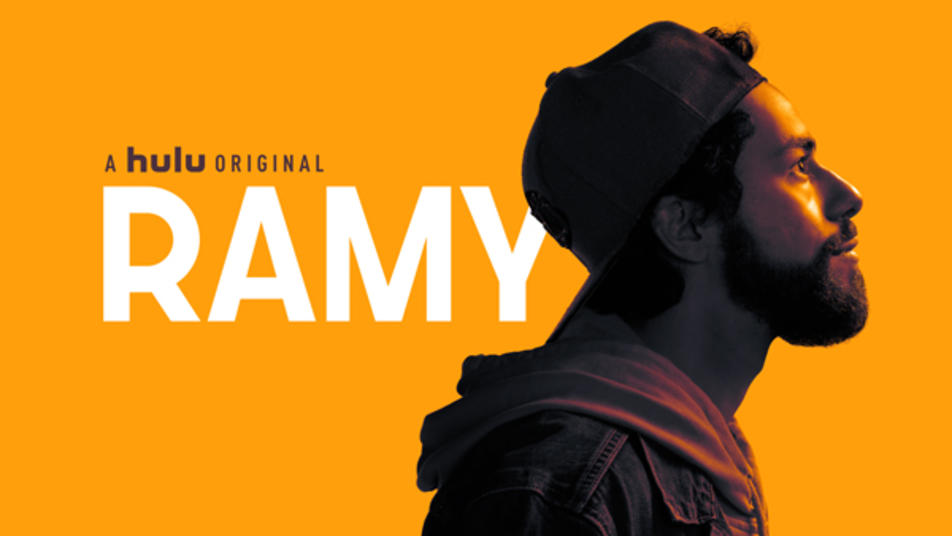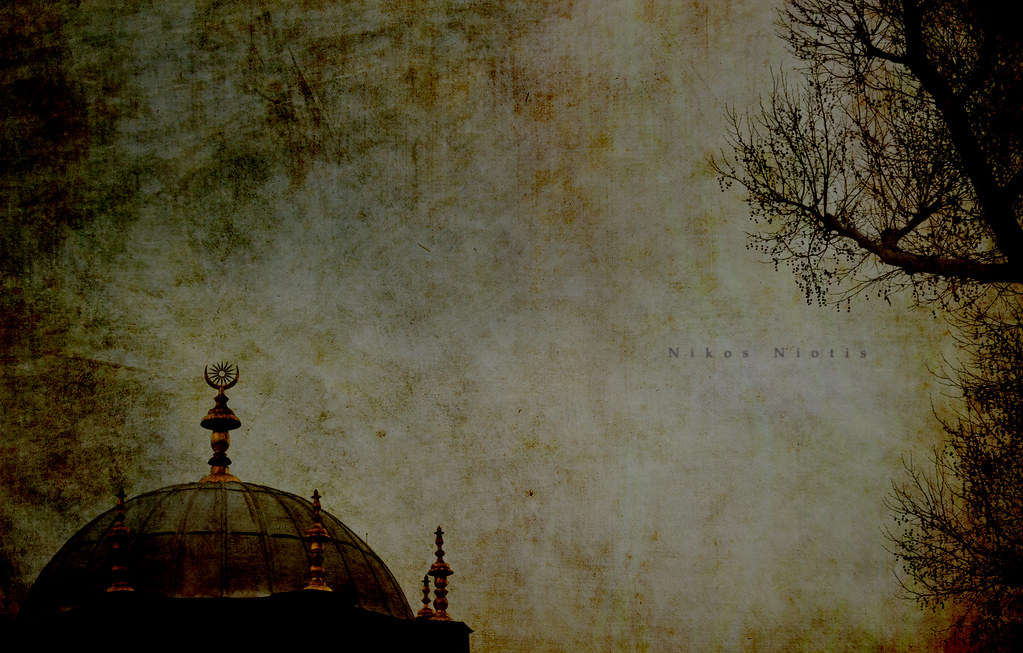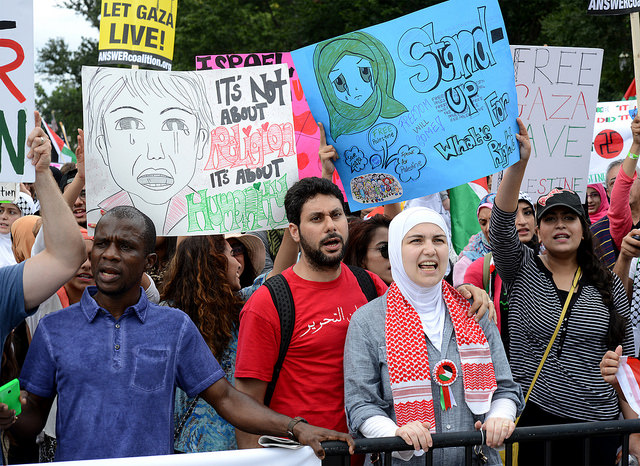Amidst the flurry of eye-catching Western fashion designs and glossy high-street trends, Muslim women have become increasingly eager to wear trendy yet modest clothing. Throughout recent years, fashion businesses, outlets, magazines, and blogs catering to Muslim women in general and hijabis in particular have achieved remarkable success in Muslim and non-Muslim countries alike. Their success can be attributed to more or less the same reason; a lack of fashion designs geared towards Muslim women due to the false assumption that being stylish while adhering to a modest Islamic dress code are two incompatible aims.
As a result, the concept of fashionable Islamic clothing remained an unexplored market in past decades. Moreover, the media’s portrayal of the hijab as a tool of oppression has motivated many Muslim females to refute this misconception by straddling both worlds; Muslim women are now making a more conscientious effort to wear chic, urban designs that remain within the boundaries of a modest Islamic dress code.
Contrary to popular Western belief, most Muslims believe that covering the female body liberates women from the shackles of a man’s gaze and from unrealistic standards of physical beauty. Thus, the covering sanctifies her, grants her respect, and encourages others to appreciate her personality and character rather than her physical looks.
Modest women’s clothing attracts Muslim clientele, both hijabis and non-hijabis. In recent years, many Muslim fashion designers have taken the stages –both local and international- to showcase their unique designs and have gained worldwide recognition. Most Muslim fashion designers’ clothes are irrelevant to Muslim women as they are completely inspired by Western aesthetics and do not reflect Muslim heritage. However, some like Rabia Z, an Emirati designer and former winner of the Emerging Talent Competition at Dubai Fashion Week, create conservative pieces that blend modernity with modesty. Rabia Z has successfully translated Muslim values into her designs, proving that Muslim-friendly fashion is no longer a far-fetched ambition.
Akin to the Arab fashionista, a young British fashion designer has embarked upon a project with a fresh approach that has been singled out due to its growing popularity and extensive media coverage. Sarah Elenany, a 25-year-old British Muslim, launched the Elenany brand in May 2009. After earning a Bachelor degree in Engineering Product Design and a Master’s in Enterprise by Learning Contract, both at South London University, Elenany launched her own brand of street-cred Islamic clothes. Major British newspapers and magazines have highlighted her work which appeals to both Muslims and non-Muslims who admire its modest yet cutting-edge pieces. Elenany’s clothes always feature graphics and prints inspired by Muslim culture. One of the patterns resembles ‘Shahada’ with the index fingers pointing upwards and is named Throw Yo Hands. The latest collection, called Friday, includes a graphic which resembles people praying next to each other, and one with a repetitious minaret pattern. “Bold, majestic graphics and flattering fit define the look” according to the label on Elenany’s website. Thanks to her amazing talent and unique perspective, Elenany was shortlisted for the UK Young Fashion Entrepreneur’s Award for 2010.
As Muslim women are becoming more fashion-conscious, they are turning to the Internet to scan styles and obtain fashion tips. A quick Internet search allows Muslim women to peruse through a myriad of specialized blogs and websites dedicated to showcasing different designers’ outfits, offering tips for wrapping hijab, advertising outlets, and displaying abbayyas, head scarves, jilbabs, shawls and wraps. In the UK, Hijab Style, the first British online style guide for Muslim women, was launched in September 2007 by Jana Kossaibati, a medical student from London. The blog has been frequently featured and commended by reputable British fashion magazines and newspapers, and its launch has inspired many other bloggers to follow a similar route.
This recent interest in Muslim fashion signals the changing dynamics of the ever increasing interaction among Eastern and Western cultures. Nowadays, Muslim women can choose from a broad selection of designs to create a look that matches their values, traditions and tastes, without compromising any of the three.
(Photo by future15pic via Flickr)
Amira Abozeid is a Freelance Editor and Translator based in the UK. She graduated from Cairo University with a BA in Political Science, and attained an MBA Degree in Marketing. She worked as a news producer, editor and Business Studies instructor in Egypt. She can be reached at amira_abozeid[at]yahoo.com.





Textiles from South Asia get a lot of fans pretty naturally. One of my favorite fashion magazines is Libas:
http://www.libasinternational.com/pages/fashion.html
For men’s fashion, I like Amir Adnan’s collection:
http://amiradnan.com/men.htm
Actually, this page has very sophisticated fashion for men – and you can see its about the appearance in addition to personality.
http://amiradnan.com/couturea.htm
“Most Muslim fashion designers??? clothes are irrelevant to Muslim women as they are completely inspired by Western aesthetics and do not reflect Muslim heritage.”
I would say that modesty is relative and what may seem immodest to some is perfectly modest to others. It’s difficult to say what does or does not reflect “Muslim heritage” no? Not even sure what Muslim heritage is…..
Sobia: That’s a good point. She is talking about an aesthetic divide with the West that doesn’t exist for everyone.
“Most Muslim fashion designers??? clothes are irrelevant to Muslim women as they are completely inspired by Western aesthetics and do not reflect Muslim heritage.”
Sobia: I agree with you that modesty is relative, but what we can notice is that MOST fashion designers (whether Westerners or non-Westerners)are inspired by the mere physical standards of beauty which consider that revealing more skin makes women look more beautiful and vice versa.This is not about talking about a divide between Western and Muslim cultures. Most Muslim fashion designers, as I said, believe in the same idea.
However, when I tackled the idea of modesty and being covered up, I didn’t dictate a specific dress code or give a narrow definition of modesty. I mentioned that: “Modest women???s clothing attracts Muslim clientele, both hijabis and non-hijabis” and that “Muslim women can choose from a broad selection of designs to create a look that matches their values, traditions and tastes, without compromising any of the three.”
Though modesty is relative from one Muslim to another,Islam provides guidelines for women on appropriate covering up, In the end, What the woman decides to wear is based upon her personal convictions and religious commitments. That is why I mentioned the word ” most” throughout the article because I know that not all Muslim women are the same.
@Syed:Thanks for your correction. Of course, the pattern resembles Shahada with the index fingers pointing upwards. It was just a mistake.
Anyway,it is fixed now.
“One of the patterns resembles ???Shahada??? with the middle fingers pointing upwards and is named Throw Yo Hands.”—after reading that i had to check it out … it’s the *index* finger and definitely not the middle finger!
Sallam All,
WHen it comes to hijabi fashion, there are some great urban abayas, and stylish modest clothes. My favorite is <a href=“http://www.islamicdesignhouse.com”> http://www.islamicdesignhouse.com
They started in the UK with hoodie abayas of cargo or sweatshirt material… and are now available in US and Egypt too.
I’m really enthralled by these up-and-coming designers and the movement within the muhajabat community to subvert the idea that to be pious, one has to be clad entirely in black and invisible to the public (hey, Iranian clerics, stuff it!). It’s also cool that so many designers and bloggers are incorporating Western-style fashion – not EVERY Muslimah wants to wear shalwar kameez, every day.
I’ve definitely seen some beautiful designs and some women in my neighborhood wearing really lovely (and practical, when they are at the playground with their kids!) outfits.
However, I was very, very disappointed at the Halal grocery to see posters for clothes that were in themselves lovely but were all modeled by white-skinned women with light eyes! This is just as troubling as other fashion promoting one particular ideal of beauty. Why should the vast majority of women who shop there, and are darker-skinned, look towards this model of beauty?
One of the things I love about my neighborhood is that there people from so many different parts of the world and so many different styles of dress; South Asians in shalwar kameez, West Africans in brightly patterned turbans and two piece outfits, East Africans in beautifully colored scarves, Arab ladies whose outfits are covered in intricate embroidery…there’s no reason everyone needs to dress alike.
Great post. I like the collection of http://www.eastessence.com/. Stylish, modest and affordable.